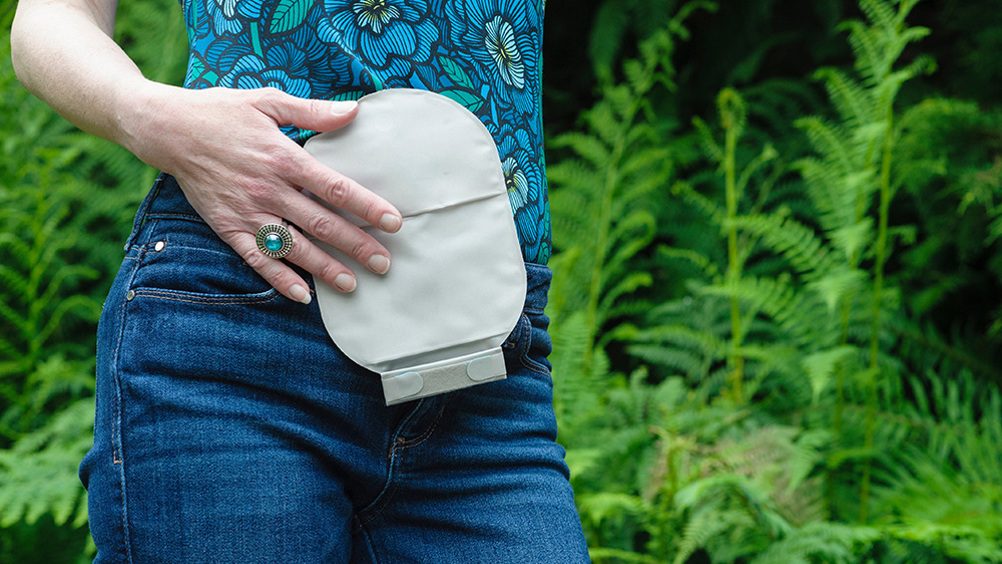References
The voice of ostomates: an exploration of stoma care in England

Abstract
Background:
This article is part one of a series presenting the findings of stakeholder surveys with ostomates and stoma care nurses for stoma services in England. Due to the volume of data and publication limits this article focuses on the views and experiences of 2504 people living with a stoma (ostomates).
Aim:
To understand the experience of ostomates in relation to the current services provided in hospital and at home, the delivery of care and views on areas that work well and areas that require improvement.
Methods:
Ostomates were asked to share their experiences in a national online survey, promoted via multiple organisations. The survey included sections for respondent demographics, interactions with the stoma care nurse (SCN), products and dispensing services, as well as patients' experiences relating to both hospital-based care and home-based care. Free-text responses relating to service delivery in hospital and at home were coded and thematically analysed.
Findings:
Results are presented, and verbatim quotes used to demonstrate themes. These include care provision and access to visits from the SCN, physical and psychological care, information sharing, specialist knowledge and products.
Conclusion:
Overall, the survey respondents praised the care given, however, the experiences and views shared via the survey show significant variation in the care and services received. This article presents the findings of a survey of ostomates living in England. A second article, presenting the findings about the experiences of stoma care nurses will be published in a forthcoming issue.
Stoma surgery is mainly performed to treat cancer, inflammatory bowel disease or to resolve other obstructive symptoms or diseases of the bowel or bladder. A stoma is a surgically created opening on the abdomen that diverts waste products (faeces or urine) from the body, and may be permanent or temporary. A stoma appliance (also known as a pouch) is placed over the stoma and adheres to the skin to collect the waste. Additional products such as stoma seals may be required to ensure adherence of the appliance or to manage a peristomal skin complication.
Burch (2021) states that there are 1 in 335 people in the UK with a stoma. Based on a population in England of 56 million (Office for National Statistics, 2022) the authors estimate that there are approximately 167 000 ostomates in England.
NHS Supply Chain is a commonly used route for the supply of medical devices for all therapy areas in NHS hospitals. Recent changes to the NHS Supply Chain model for NHS procurement were introduced under the Department of Health (DH) Procurement Transformation Programme (DH, 2017). The Collaborative Procurement Partnership (CPP) is the service provider for rehabilitation, disabled services, women's health and associated consumables within the NHS Supply Chain model: it is responsible for the procurement of products in several therapy areas, one of which is stoma care. Within CPP, clinical teams use their clinical knowledge and engage with clinicians, end users and suppliers to provide clinical assurance that products and, in some cases, services ‘deliver the highest patient safety standards, while meeting the specification requirements of clinicians to support them in carrying out their jobs efficiently’ (CPP, 2021). In 2019, the team at CPP undertook significant stakeholder engagement with clinicians, end users and suppliers to better understand stoma care services and product requirements. Ostomates were invited to participate in an online survey, in order to provide insight into their perspectives.
Register now to continue reading
Thank you for visiting British Journal of Nursing and reading some of our peer-reviewed resources for nurses. To read more, please register today. You’ll enjoy the following great benefits:
What's included
-
Limited access to clinical or professional articles
-
Unlimited access to the latest news, blogs and video content

